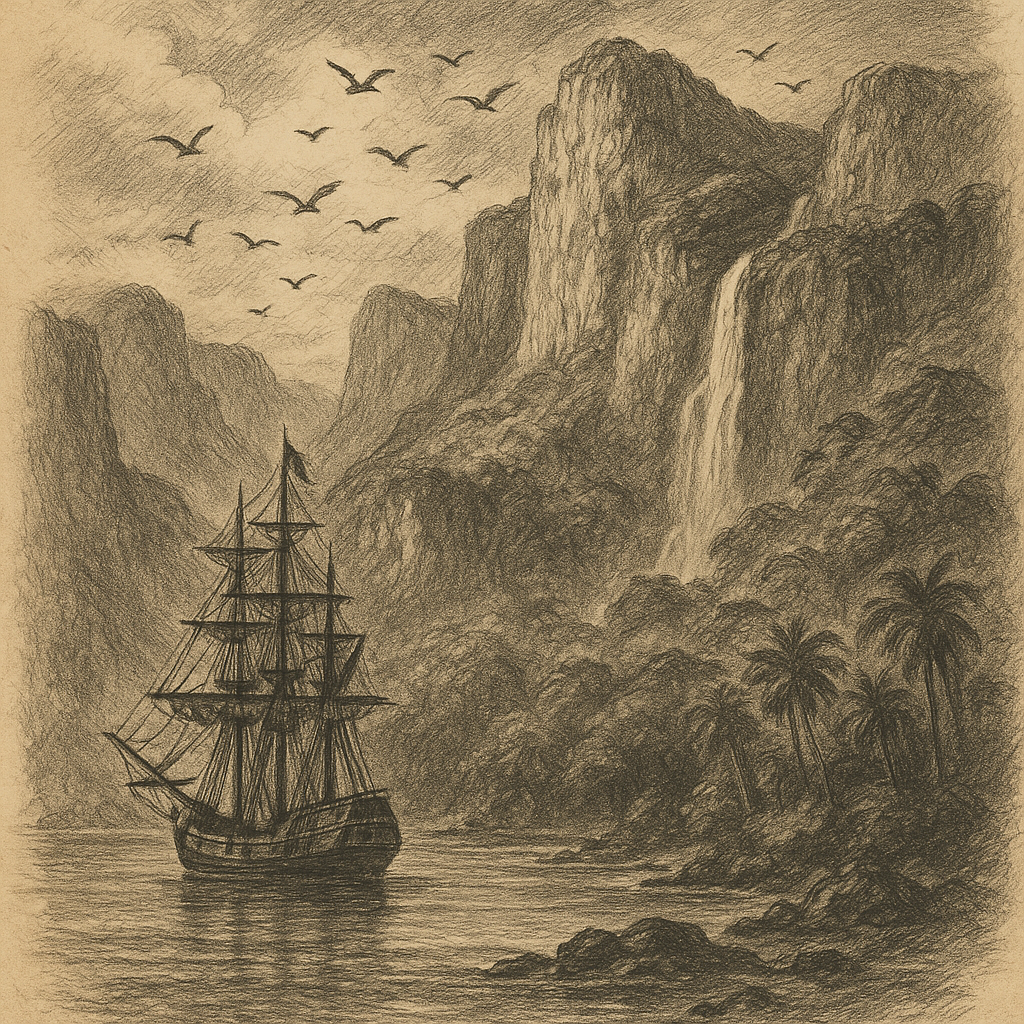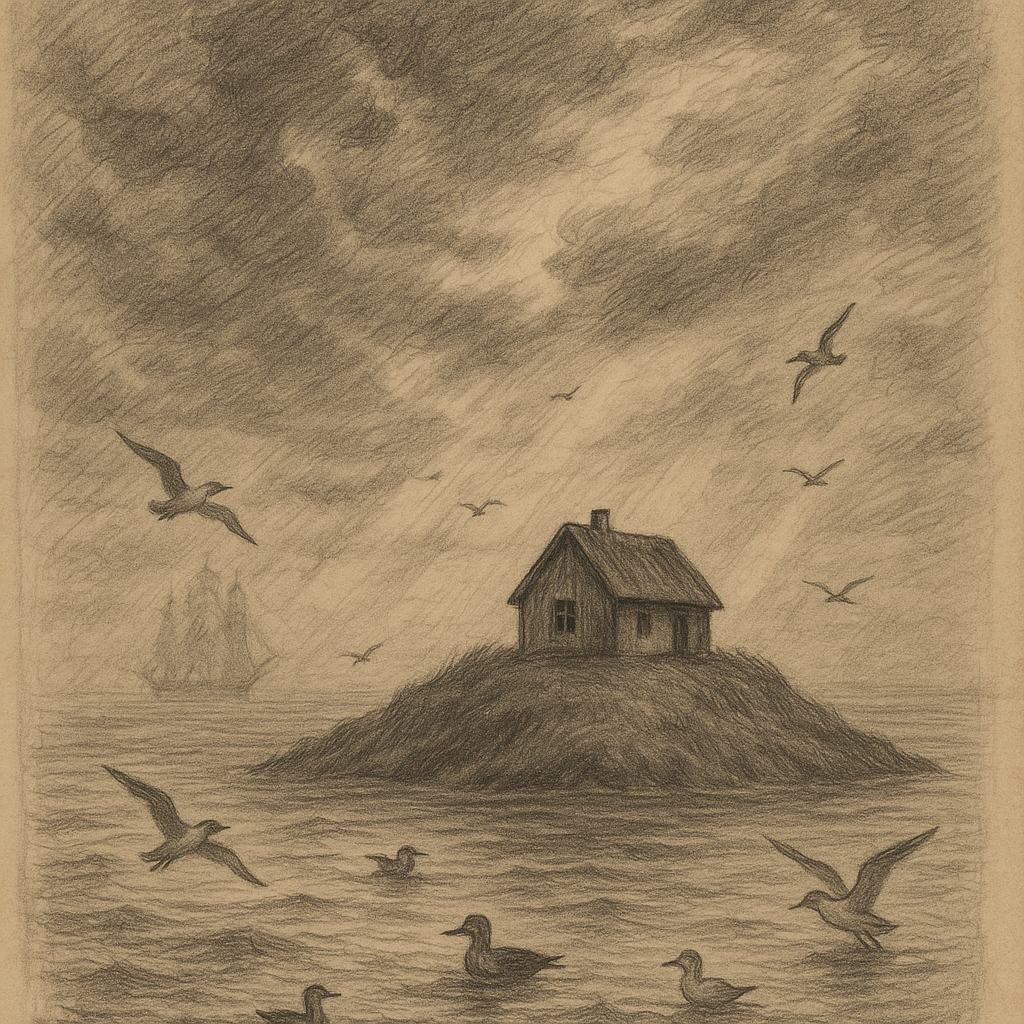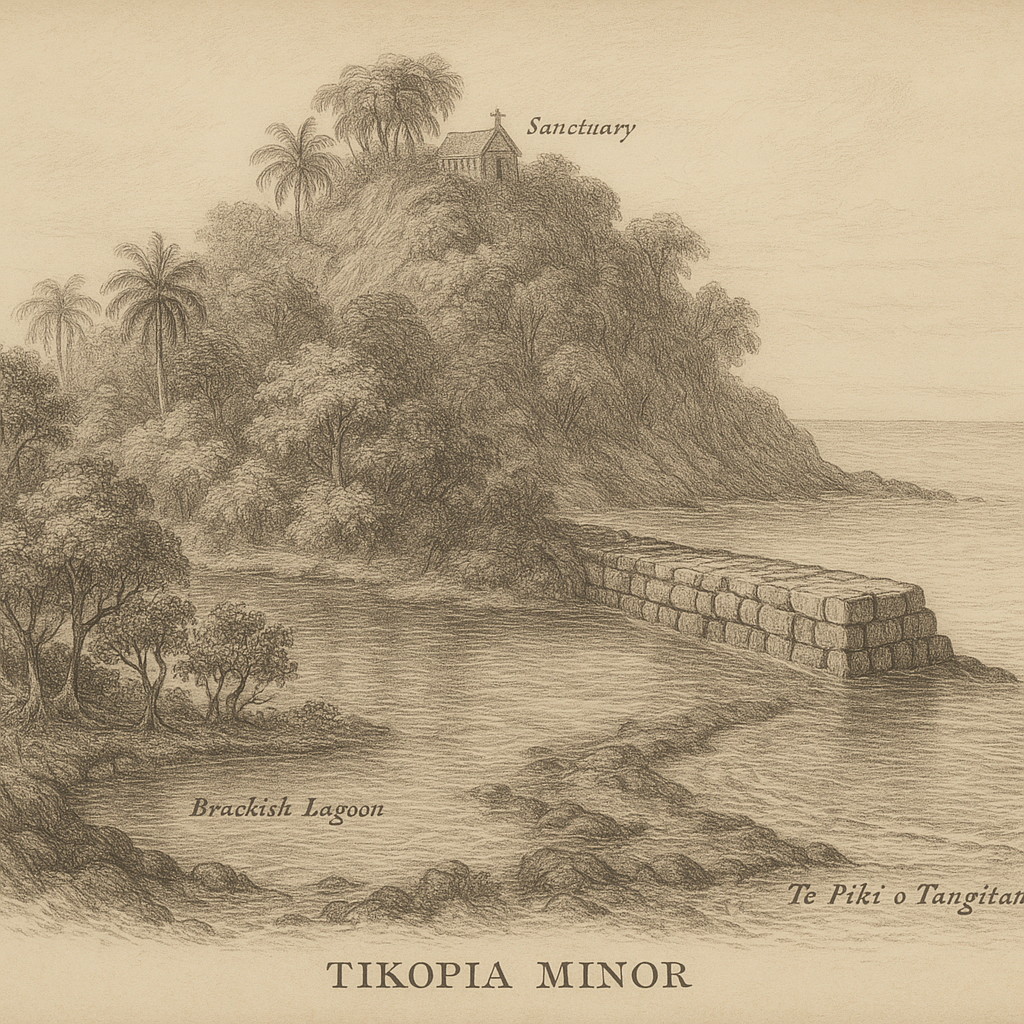Isla del Coco: A Remote Natural Treasure of the Pacific
Isla del Coco, also known as Cocos Island, is a remote and rugged island located in the eastern Pacific Ocean, about 550 kilometers southwest off the coast of mainland Costa Rica. Famous for its spectacular biodiversity, pirate legends, and exceptional marine life, Isla del Coco remains one of the most important natural sanctuaries in the world.
Geography and Location
Isla del Coco covers an area of approximately 24 square kilometers and is the only island in the region with a tropical rainforest. It is situated at the convergence of several ocean currents, which contribute to its rich marine ecosystem. Composed primarily of volcanic rock, the island is the summit of a massive underwater mountain range with steep cliffs, deep coves, and dramatic waterfalls. The terrain is rugged and mountainous, with some peaks exceeding 600 meters above sea level. The island experiences heavy rainfall throughout the year, supporting its lush vegetation and diverse wildlife.
Flora and Fauna
Isla del Coco holds an extraordinary level of biodiversity for such a small landmass. The rainforest is dominated by endemic plant species, including unique ferns, orchids, and palms. The isolation of the island has allowed many species to evolve independently, creating distinct flora found nowhere else in the world. Among its endemic species are the Cocos Island Finch and the Cocos Flycatcher.
The island is perhaps even more famous for its surrounding marine life. The waters around the island form part of a protected marine reserve, hosting large populations of sharks, including hammerhead sharks, whale sharks, and white-tip reef sharks. Turtles, rays, dolphins, and a wide variety of fish also inhabit the reef systems. These waters are considered some of the best diving spots in the world.
Scientific Importance and Protection Efforts
Isla del Coco has been designated a National Park by Costa Rica since 1978 and became a UNESCO World Heritage Site in 1997. It serves as a vital habitat for both terrestrial and marine life and is a natural laboratory for scientific research on ecological and evolutionary processes. The island is managed by the Costa Rican government, and the only human inhabitants are park rangers and researchers who monitor and protect its delicate ecosystems.
In recent decades, the island has faced threats from illegal fishing and invasive species. Conservation organizations, in cooperation with the Costa Rican government, have implemented various programs to combat these issues. Access to the island is tightly controlled — visitors must obtain special permits and are limited in number. Strict regulations help minimize human impact on the island’s environment.
Interesting Facts About Isla del Coco
Apart from its ecological significance, Isla del Coco is a place full of intriguing facts and features. The island receives more than 7,000 mm of rainfall annually, making it one of the wettest places on Earth. It has more than 200 known waterfalls, some of which are over 60 meters tall.
The marine protected area surrounding Isla del Coco spans over 2,000 square kilometers. Scientific studies have revealed that these waters serve as a critical waypoint for migratory marine species, making the island a crucial component of the Eastern Tropical Pacific Marine Corridor (CMAR).
Jacques Cousteau, the famed oceanographer, once referred to Isla del Coco as “the most beautiful island in the world.” His visits helped bring global attention to the importance of preserving the island and its marine life.
Legends and Pirate Lore
Isla del Coco has long been shrouded in myths and tales of hidden treasure. Over the centuries, it has attracted a colorful history of pirates and treasure hunters. According to legend, infamous pirates such as Benito Bonito and Captain Morgan used the island as a hideout and storage site for their plunder.
One of the most famous legends speaks of the Treasure of Lima, said to be smuggled out of Peru in 1820 by British naval officer William Thompson aboard the Mary Dear. He allegedly hid gold, jewels, and religious artifacts worth hundreds of millions of dollars on Isla del Coco to avoid local conflicts and betrayal. Despite numerous expeditions over the years, the treasure has never been found.
These stories draw adventurers and dreamers to the island, although treasure hunting is strictly prohibited by Costa Rican law. The myths have become an essential part of the island’s allure, blending its natural beauty with a sense of mystery and adventure.
Access and Tourism
Due to its protected status and remote location, Isla del Coco is not a typical tourist destination. Reaching the island requires a boat journey of over 30 hours from the Pacific port of Puntarenas. Only licensed live-aboard dive boats are allowed to bring tourists, and even then, they are not permitted to stay on the island itself — only to visit designated areas during the day.
Qualified visitors include scientists, conservationists, and eco-tourists specifically participating in regulated diving expeditions. These groups must follow strict environmental protocols to minimize their impact on the island and its surrounding ecosystems.
Conclusion
Isla del Coco stands as a beacon of natural preservation and wonder, offering a rare glimpse into an untouched ecosystem where both land and sea teem with unparalleled life. With its incredible biodiversity, historical legends, and status as a scientific haven, the island captures the imagination and respect of all who learn about it. It is both a sanctuary and a symbol — representing what is possible when nature is allowed to flourish.



